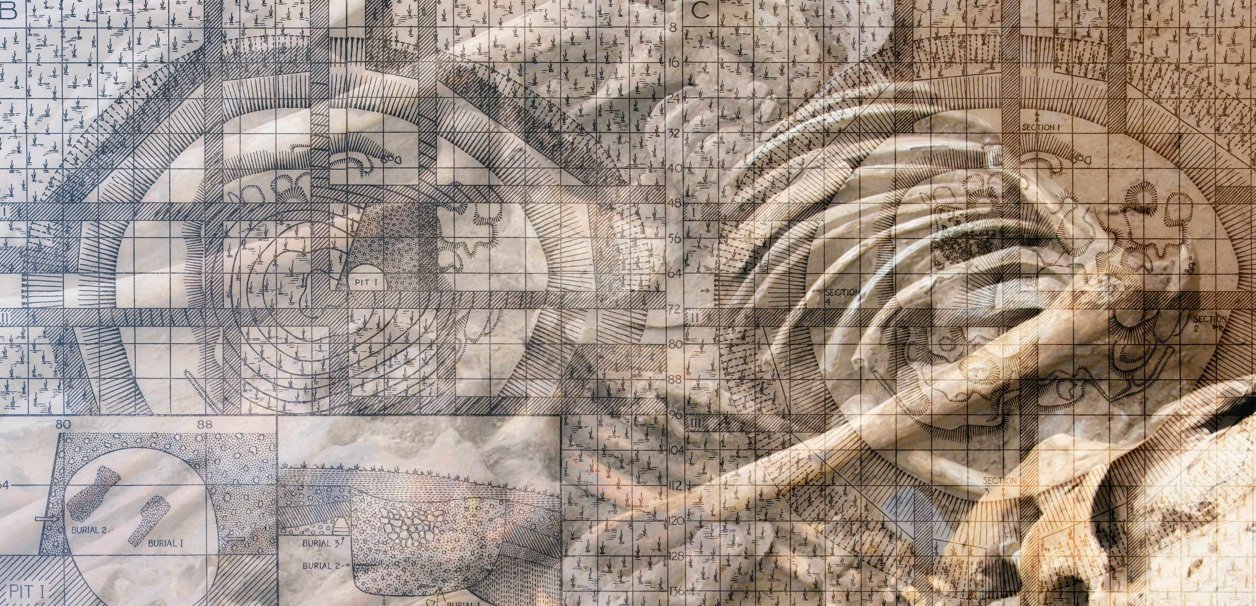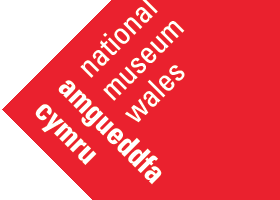AEMA brings together data from a range of disciplines to create a responsive tool that allows users to interrogate datasets with an easy to use graphical interface.
Background
The origins of the Proto-Celtic language are keenly debated in palaeo-linguistics and research into this area has important ramifications for the archaeology of Western Europe, the genetics of migration and knowledge of the trade routes of the Bronze Age. Lead by the University of Wales, AEMA attempts to shed light on these origins.
A pre-project meeting helped us to establish the baselines for the digital element of the project and set out a strong methodological framework. This was enhanced by working with a designated analyst and developer from KDL who worked with the rest of the team throughout the entire duration of the project and beyond.Catriona Gibson
AC Archaeology Research Fellow at University of Wales
With a user centred design, we allow the site visitor to decide how detailed they want their investigation to be and how they want to interact with the data. The tool is responsive to their demands, regardless of whether they want to experiment with top level data scenarios or perform a precise interrogation of the full dataset all using the same simple graphical interface.
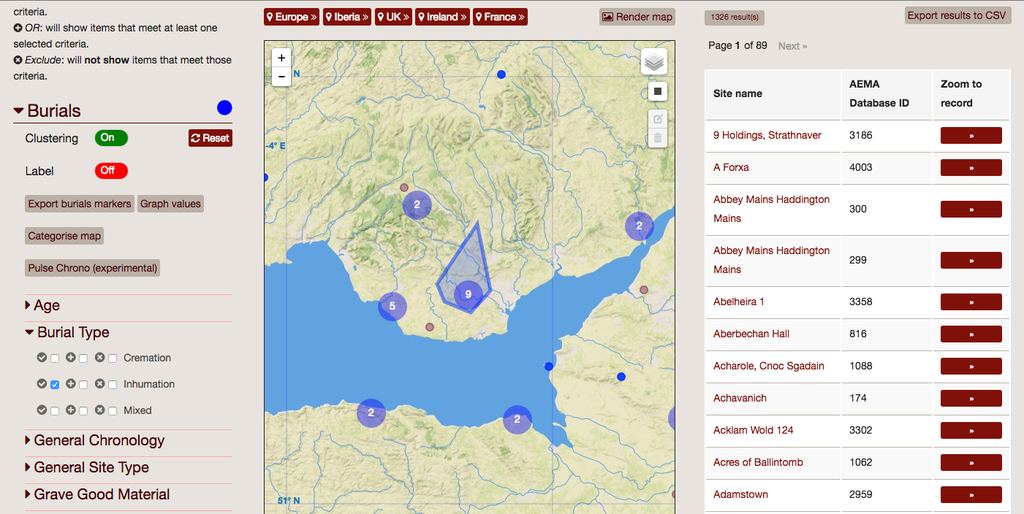
The AEMA map search interface
Accessible by anyone with an internet connection, the project database has brought together researchers from across institutions, enabling them to collaborate using the same centralised repository.
In making the project open source at its core, King's Digital Lab and its partners at the University of Wales, have created a resource that can be used as a starting point for other research projects. All of the data can be easily exported into a range of formats for use in future academic work, or when a more detailed level of analysis is required.
As the project advanced, the collaboration became one of intellectual partnership, as opposed to something along the lines of tech support.Professor John Koch
University of Wales

Graphing of Burial data within the AEMA interface
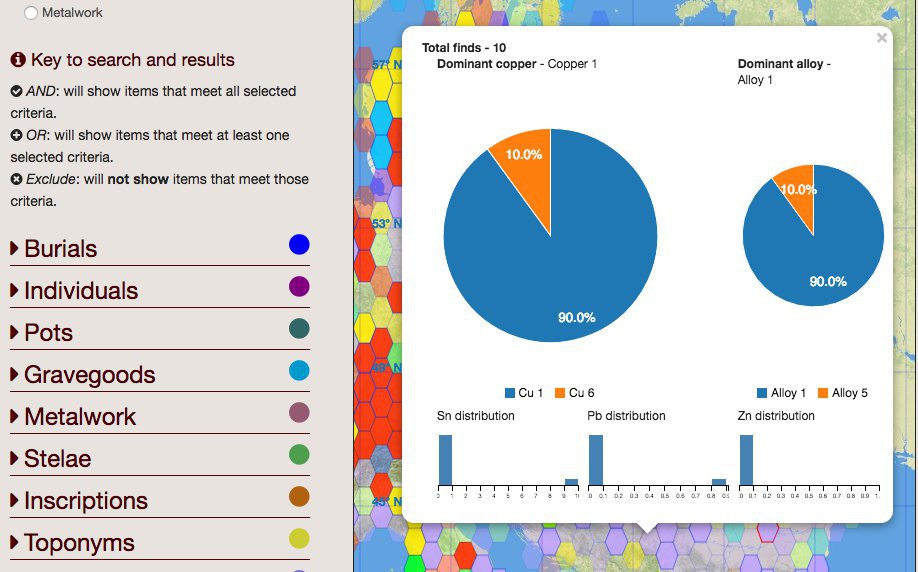
Graphing regional Copper types in AEMA
I am confident that the approach we have developed with KDL in the AEMA project will provide tools for a way forward.Professor John Koch
University of Wales
How we worked
-
Immersion
KDL developed a strong working relationship with the project partners in order to fully understand their research needs and the varieties of data that were to be included.
-
Discovery
We explored the potential of relational databases and helped the researchers feel confident in leading the direction of development without having to engage with technical minutiae.
-
Definition
The team brought together data from the wider academic communities and data accumulated through years of field investigations and professional experience. We guided the team in organising, indexing and structuring this information in a way that would allow it to be optimally searchable.
-
Delivery
The technical solution was refined over many iterations through collaboration across the whole project team.
KDL listened attentively and responded promptly to our requests and queries on the database, and offered excellent advice and guidanceCatriona Gibson
The team
-
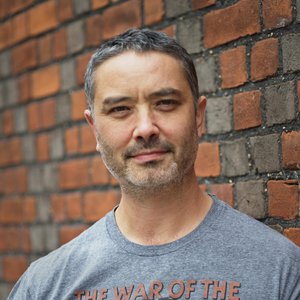
Neil Jakeman
Analyst Developer
I’m something of a frustrated archaeologist so leading the development of the platform was hugely enjoyable for me! I also have lots of experience with large, geographically based data sets so was able to bring my expertise to create the new possibilities we see with this tool.
-
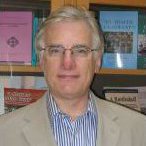
Professor John Koch
Project Leader
As leader of the AHRC-funded Atlantic Europe and the Metal Ages (AEMA) project, 2013–2016, it is hard for me to overstate the significance of KCL’s role in this multidisciplinary collaboration. We began with the very simple (if not simplistic) idea that archaeological and historical linguistic data could be meaningfully brought together on distribution maps with GIS technology and that to do this it would be good to have a database and website better than we could develop ourselves. As the project advanced, the collaboration became one of intellectual partnership, as opposed to something along the lines tech support. The resulting AEMA site enables interactive open access to thousands of items of fully up-to-date pre-Roman archaeological and linguistic evidence. These can be cross compared in virtually unlimited combinations and customizable searches, revealing huge numbers of interconnections across ancient western Europe that had previously been imprecisely understood or even wholly unimagined. Expectations were exceeded for the value of the collaboration. The researchers based in Wales and Oxford and KDL's Developer got up to speed in one another’s areas. As they then moved beyond that, the synergy led to the linguists and archaeologists understanding better one another’s specialisms, as the teamwork involved breaking subjects down and visualizing their components in new ways. The subjects are habitually isolated by discipline, and also compartmentalized by periods and modern political boundaries. I think we have bridged a gap in accessibility—across disciplines and for the general public. Another unexpected plus is that the GIS of the AEMA website was developed to be compatible with an established series of print publications, offering, on the one hand, major graphic and methodological enhancements, but at the same time maintaining ‘house-style’ visuals and cartographic standards. The imminent major advance now on the horizon in the sciences of the human past will be in archaeogenetics. I am confident that the approach we have developed with KCL in the AEMA project will provide tools for a way forward. From where we are now, we are in a much better position to work towards the integration and sophisticated cross-comparison of a third massive body of data from a third highly specialized discipline, namely genetics.



